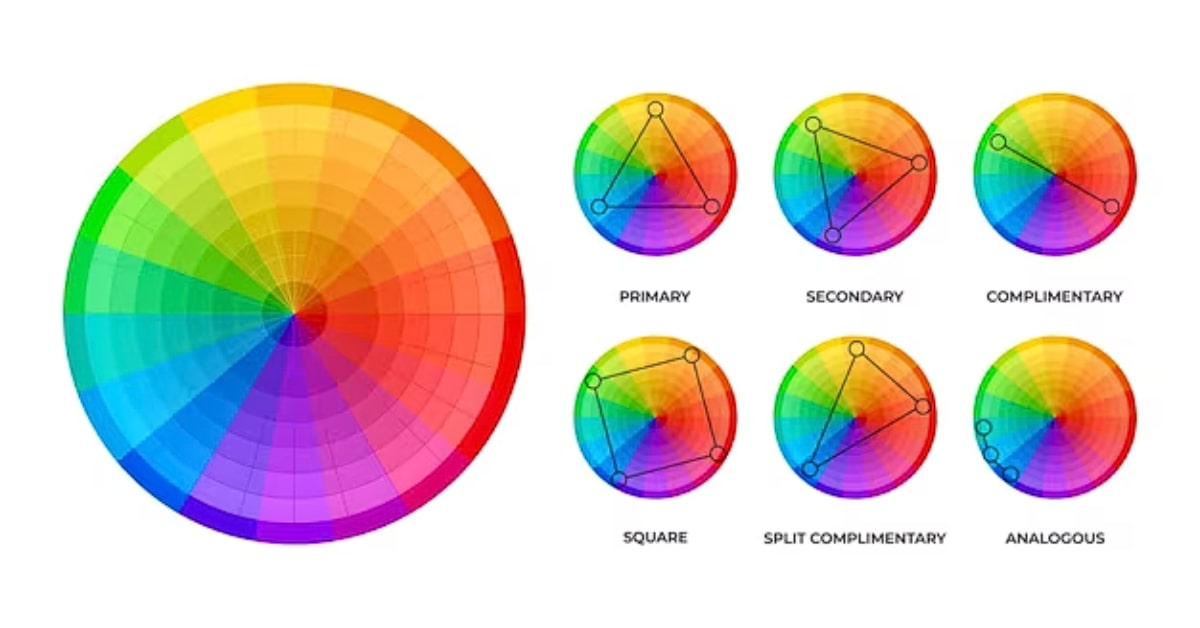In the realm of visual perfection, achieving accurate and vibrant colors is an endeavor that demands precision. Enter the color chart – a powerful tool that photographers, cinematographers, and graphic designers swear by for achieving impeccable color correction. In this comprehensive guide, we will explore the nuances of color correction with a color chart, unlocking its potential to bring out the true essence of your visuals.
Understanding the Color Chart
A color chart is a carefully calibrated reference tool featuring a grid of standardized colors. Widely used in photography and videography, this chart provides a reliable reference point to correct and enhance colors during post-processing.
Components of a Color Chart
- Grayscale: Allows for precise adjustments to achieve accurate tonal balance.
- Primary Colors: Red, green, and blue patches for calibration in RGB color spaces.
- Skin Tones: Specific patches are designed to ensure lifelike and accurate rendering of skin tones.
- Saturation Levels: Varying levels of color saturation for comprehensive adjustments.
Practical Applications of Color Correction with a Color Chart
- White Balance Calibration:
- Use the color chart’s grayscale patches to set a neutral white balance, ensuring accurate color reproduction.
- Color Accuracy Enhancement:
- Identify and correct color imbalances by comparing the chart’s reference colors to the captured image.
- Consistency Across Shots:
- Maintain a uniform color palette across a series of photos or video clips for a cohesive visual narrative.
How to Use a Color Chart for Color Correction?
- Capture a Reference Image:
- Photograph the color chart in the same lighting conditions as your main subject.
- Import Reference Image:
- In post-processing software, import the reference image containing the color chart.
- Match Colors:
- Use the color chart as a guide to adjust color balance, saturation, and tone in your actual images or footage.
Conclusion
Color correction with a color chart is a game-changer for anyone seeking perfection in their visuals. This meticulous process not only ensures accurate color reproduction but also empowers creators to maintain consistency and coherence across their work. Embrace the color chart as your ally in the pursuit of visual excellence, and witness the transformative impact it can have on your photos and videos.
FAQs
Can any color chart be used for color correction, or is there a specific type recommended?
While various color charts exist, it’s advisable to use a standardized chart like the X-Rite ColorChecker for accurate and consistent results. These charts are designed to provide a reliable reference for color correction.
Is color correction with a color chart necessary for all types of photography?
While it may not be essential for every situation, color correction with a color chart becomes particularly valuable in scenarios where accurate color reproduction is crucial, such as product photography, fashion shoots, or filmmaking.
Are there automated tools for color correction with a color chart?
Yes, some photo editing software offers automatic color correction based on recognized color chart patterns. However, manual adjustments often provide more control and precision.
This page was last edited on 25 February 2024, at 2:54 pm
